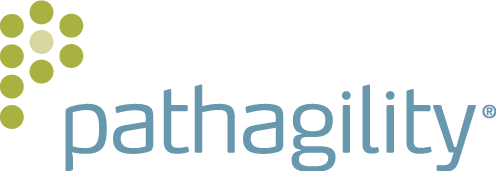According to a recent article on AACC, each year, approximately 4 million patients experience some kind of overdose or chemical reaction to a substance – whether intended or not – and 25% of those patients enter the healthcare setting to be evaluated for toxicity. The results from toxicology testing shape diagnosis and treatment decisions, so it’s safe to say tox specialties are a critical part of lab testing in today’s modern world.
One of the keys to staying competitive in today’s toxicology market is finely tuned service to referring physicians or clients, as well as operational efficiency. A physician or client’s concerns about turnaround times, requests for reflex testing, or questions about results can be challenging to respond to quickly and to the satisfaction of the client. Fortunately, today’s tox lab managers have access to the tools they need to drive process improvement and provide data and reports with hard facts and in an information-based manner.
Advanced lab technology can help tox labs be more responsive to referring physicians or clients, which in today’s competitive marketplace can be a game changer. Today’s advanced labs are utilizing these technologies to acquire a real-time snapshot of what their test volumes and test types are, as well as create efficient and detailed reporting on case types and results. These technologies assist everyone involved, from the administrative, technical, and sales/marketing departments, so they can actually see what is occurring and how it compares to the goals of the lab.
The most important challenge in tox testing today is not the identification of every chemical that labs are technologically capable of detecting, but to do medically necessary and accurate testing for those drugs that are most likely to impact clinical decisions. The major need today is the wider and smarter use of the currently available drug testing technologies and practices. Here are 3 ways tox labs are innovating through the use of technology.
1. Improved Reporting
Tox lab data can be integrated into many electronic medical records that provide “summary reports” and “trends” to visualize patient data. However, these generic reports are not sufficient to manage complex tests or reporting that advanced labs increasingly require.
While there are many ways to improve output for physicians and increase the value a lab can provide, one way to immediately impact value is to streamline reporting and increase the number of tests and case types that a lab’s reporting software can handle.
Advanced tox labs need the ability to adapt to changing technology and provide interpretive reporting across existing and emerging tests. Platforms like Pathagility – which can serve as a lab’s LIMS or Interpretive Reporting Software – or both, can dramatically increase the output while simplifying reporting.
2. More Efficient Turnaround Time (TAT)
Innovative labs are committed to leveraging new technology to help their teams work smarter, faster, and communicate better – both for the benefit of the lab, as well as the patient experience. These labs need complete visibility and improved communication across their workflows and processes, which inevitably improve turnaround time.
Labs currently using multiple systems independently should consider consolidating technologies to allow for greater efficiency and communication across all lab technology. Platforms like Pathagility can be set-up as a stand-alone LIMS or work in conjunction with existing systems to make all data visible in one location.
3. Integration of Lab Tech
Tox labs need to deliver reports and lab tests electronically, reliably, and efficiently to referring physicians or clients, all in a timely and affordable manner. Delivering in a competitive market is essential – especially when the patient’s well being is at stake.
In addition, labs need to gain the agility and control to deliver critical information on their terms and time schedule, connecting any device, software, and people – whether physicians, lab staff, or patient – with no barriers. Advanced labs are running their business in the cloud, with platforms that integrate across all technologies.
Today’s advanced labs need a platform that can easily integrate with their existing systems and interpret data from existing EMRs, LIMS, billing systems, lab instrumentation, and middleware systems; while affording them flexibility to report through multiple channels.
How is your tox lab innovating? Does your current technology allow your lab to meet your needs, without adding manual work?
For more information on how your lab can gain complete control, check out these recent Pathagility resources:
Pathagility: Built For the Lab of Today
To learn more about how Pathagility can help your tox lab can keep up with the changing technology landscape, request a 30-minute demo.
